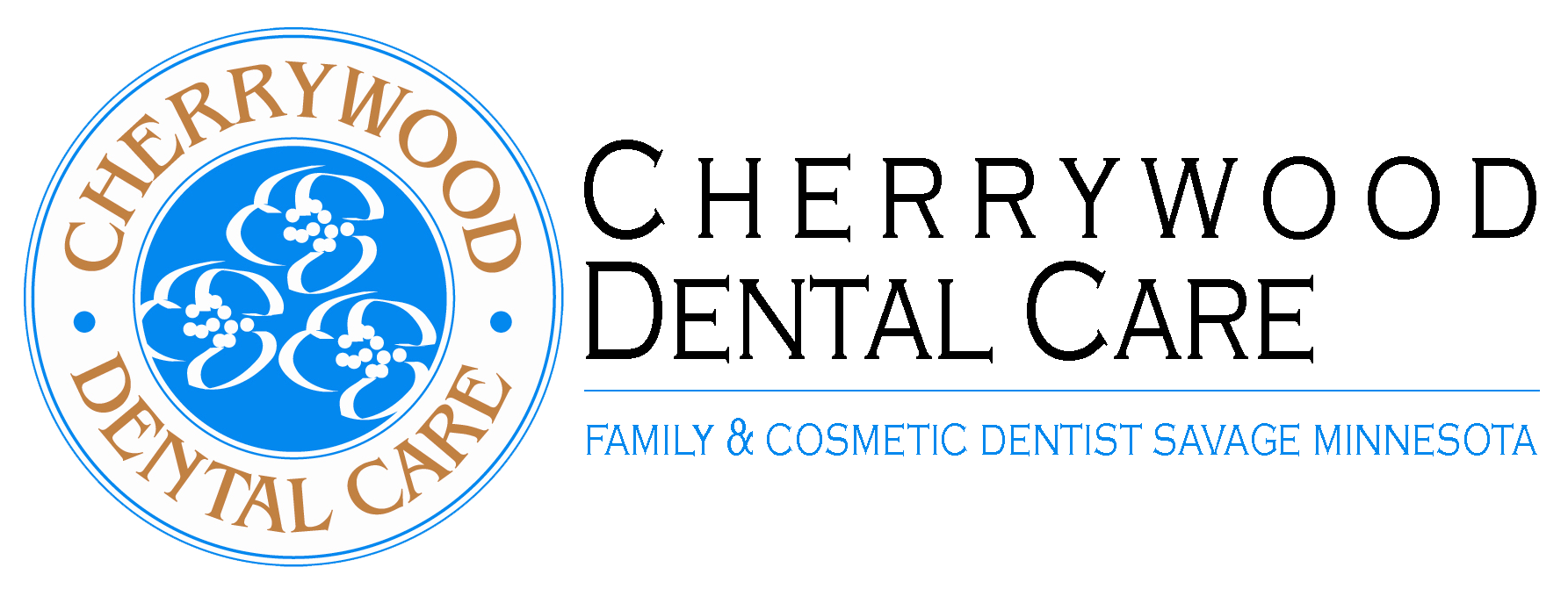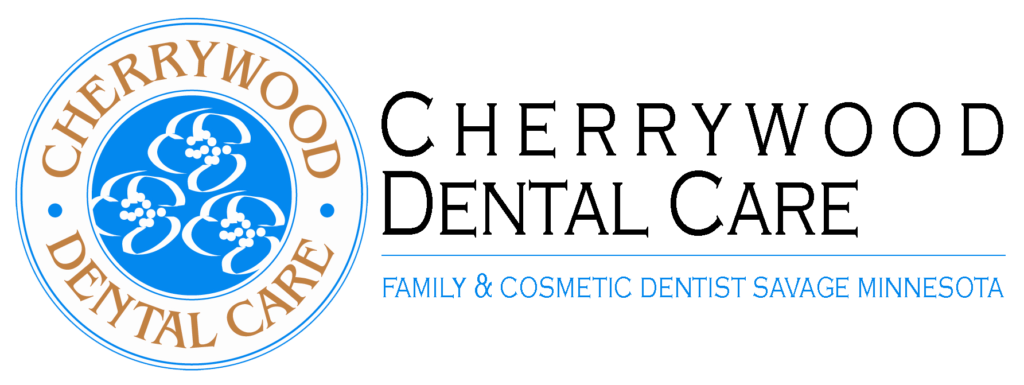Healing After Gum Contouring
Gum Contouring
A cosmetic procedure commonly used to reshape and adjust the gums is gum contouring. The procedure also works to achieve symmetry between the teeth and gums and restore the patient’s smile. Receding gums occur when the gums rest too low on the teeth. This makes the teeth look longer than normal and can even expose the roots of the teeth. Various things can cause receding gums, such as genetics, aging, gum disease, and too much force when brushing, in addition to other factors.
The gums can also be too high on the teeth or overgrown. This makes the teeth look smaller than normal or even boxy. Overgrown gum tissue is caused by various things. This may include medications, genetics, and various health problems. When there is excess gum tissue, it can create a gummy smile. In addition, the gums may be uneven or have poor symmetry, impacting the patient’s appearance.
Treatment
Fortunately, these cosmetic issues, which impact the gums, can be treated with gum contouring or reshaping. This procedure is a highly effective and safe method used to restore the gums. A scalpel was originally used to complete the procedure. Today, dental professionals often prefer the use of lasers, which can minimize pain and expedite the healing time. Benefits of gum contouring include that it is minimally invasive, includes a quick recovery period, and produces effective results to restore a patient’s smile.
Gum Contouring Procedure
Because gum contouring is minimally invasive, it does not require significant preparation. Patients should avoid strenuous activities and rest before the procedure. Dental professionals will use a local anesthetic to numb the area and ensure patients are comfortable. They will then remove gum tissue and reshape it into the desired position. Sutures may be used to secure the gums in place and minimize bleeding.
Expected Recovery
Patients must be diligent in following aftercare instructions provided by the dental team. This helps ensure a smooth recovery without complications. Patients should avoid brushing and flossing for a few days while the gums are healing. A saline rinse can be used to help clean off any accumulated food debris. Minor discomfort and swelling are normal following the procedure. An over-the-counter pain reliever can be used to help manage any pain.
If patients have severe pain that does not improve after a few days, they should contact the office as this could indicate the presence of infection or another issue that requires treatment.
Timeline
For most patients, it will take a week or two to recover from gum contouring. Below is a summary of instructions and limitations that should be followed as the gums heal. This helps ensure the procedure is successful and expedites the recovery timeline.
- Patients should avoid strenuous activity and rest for a few days following the procedure, as strenuous activity can increase blood flow. This can result in additional bleeding and other issues.
- Following the post-procedure instructions expedites the recovery and helps avoid issues.
- Do not consume hot, hard, spicy, or crunchy foods, which can damage the sensitive gum tissue. In addition, foods with seeds should be avoided as they can get under the gums and cause problems.
- Consume a soft diet and focus on eating mild foods for a few days as the gums recover. Foods including eggs, pudding, smoothies, yogurt, pasta, cooked vegetables, and ice cream are generally recommended.
As the gums heal, patients can begin introducing additional foods into their diet as they are comfortable. Be sure to go slow, chew thoroughly, and take your time.
Call the office today to discuss if you are a good candidate for gum contouring. The team can discuss any questions related to the procedure and healing expectations.

